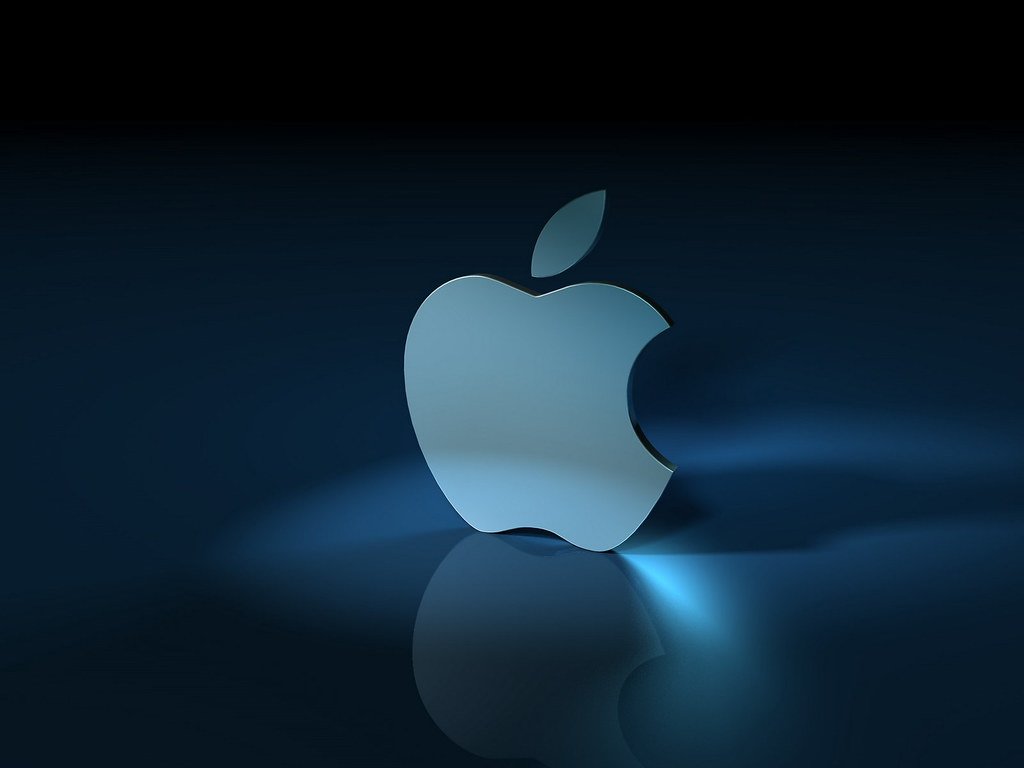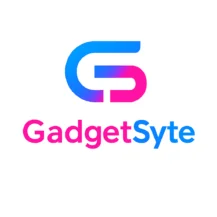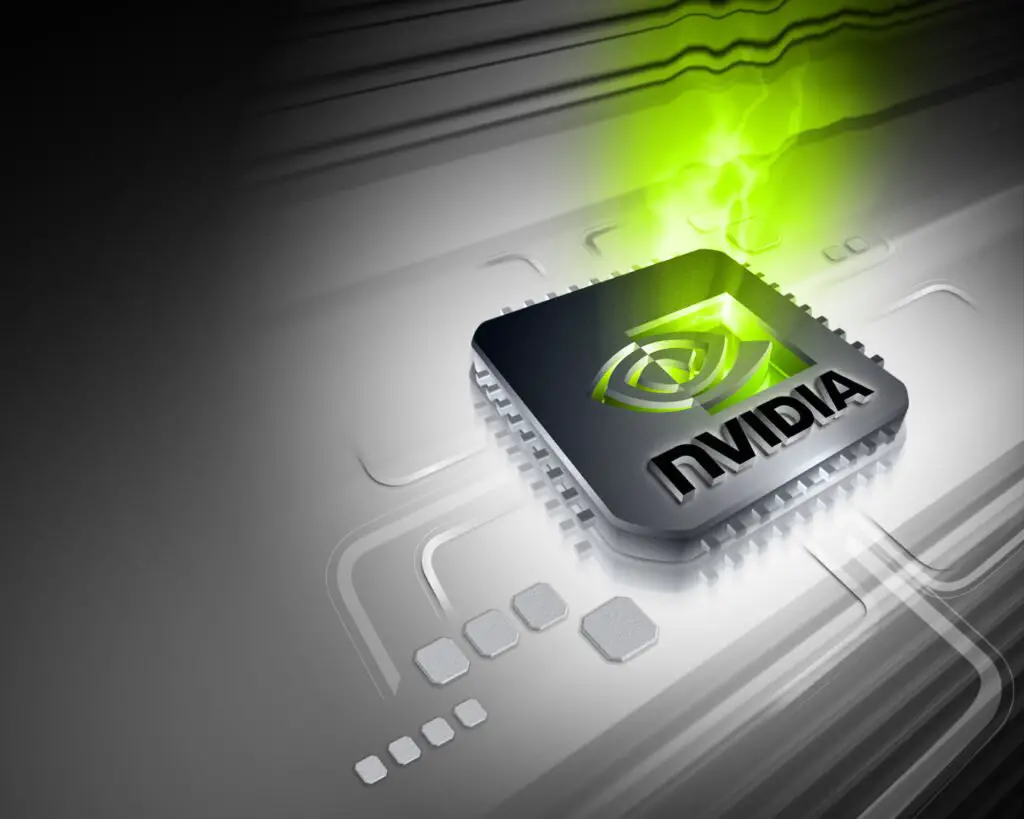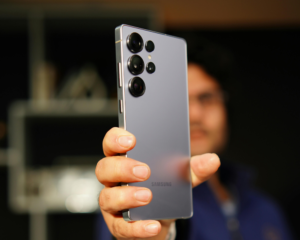In a rapidly advancing tech landscape dominated by artificial intelligence, high-performance computing, and next-gen gaming, understanding NVIDIA competitors and alternatives 2025 is more important than ever. As the demand for powerful GPUs and AI accelerators grows across industries, consumers and enterprises alike are exploring who else can deliver innovation, performance, and value—besides NVIDIA. Whether you’re building a custom gaming PC, managing an AI startup, or running a large-scale data center, knowing your options is crucial.
While NVIDIA remains the benchmark for many applications, NVIDIA competitors and alternatives in 2025 have stepped up significantly. With rising costs, hardware shortages, and expanding user needs, many professionals are turning to companies like AMD, Intel, Apple, and newer startups offering unique hardware solutions. The market is evolving fast, and what was once a NVIDIA-only game now features diverse players each targeting specific niches.
This comprehensive guide will walk you through the top NVIDIA competitors and alternatives 2025, highlighting their strengths, innovations, and where they outperform NVIDIA in key areas. From AI acceleration to gaming graphics to mobile GPUs, the field is wider—and more competitive—than ever. So let’s explore who’s really challenging NVIDIA in 2025, and why it matters for your next tech decision.
Why Look Beyond NVIDIA in 2025?
While NVIDIA’s lineup of RTX GPUs and AI-focused chips like the H100 continues to lead the industry, the need for flexibility, pricing options, and specific use-case performance has opened the door to several NVIDIA competitors and alternatives in 2025. Many users—especially in enterprise, academic research, and budget gaming—are actively exploring what else is out there.
Here are the primary reasons professionals and consumers are exploring alternatives:
- Pricing pressure: NVIDIA’s premium pricing can be prohibitive.
- Supply chain issues: Ongoing chip shortages and demand spikes have led to availability problems.
- Open-source and customization: Other companies offer more flexible or open architectures.
- Energy efficiency: Some alternatives offer better performance-per-watt, a crucial factor in 2025.
1. AMD: The Closest GPU Rival
When discussing NVIDIA competitors and alternatives 2025, AMD is undoubtedly the first name to consider. AMD’s Radeon RX 7000 series GPUs compete directly with NVIDIA’s RTX 40-series. In addition, AMD has gained substantial ground in AI and HPC (High-Performance Computing) workloads.
Why AMD is a top alternative in 2025:
- RDNA 3 and beyond architecture is energy efficient and powerful.
- Excellent price-to-performance ratio.
- Integrated solutions with Ryzen CPUs offer seamless optimization.
AMD’s increasing presence in gaming laptops and next-gen consoles further boosts its status as one of the leading NVIDIA competitors and alternatives in 2025.
2. Intel: A Rising Force in GPUs and AI
Intel is no longer just a CPU giant. With the launch of the Arc GPU lineup, Intel is slowly carving a space in the discrete GPU market. Intel’s Gaudi2 and the upcoming Gaudi3 AI accelerators also present a compelling alternative to NVIDIA in enterprise-level AI deployments.
Why Intel matters in 2025:
- Strong integration with its powerful CPU lineup.
- Competitive pricing to gain market share.
- Expanding support for AI and machine learning platforms.
Intel is a newcomer compared to NVIDIA and AMD in this space, but it’s rapidly becoming one of the notable NVIDIA competitors and alternatives 2025.
3. Apple: Custom Silicon for Creators and Developers

Apple is a somewhat unconventional but growing player in the GPU market. With its M3 and upcoming M4 chipsets, Apple delivers impressive GPU power in MacBooks and Mac Studios. While not marketed as traditional GPUs, Apple’s chips are optimized for content creation, video editing, and ML tasks.
Key points:
- Unified memory architecture.
- Best for professionals in Apple’s ecosystem.
- Not suitable for high-end gaming, but a strong alternative for creators.
For those within the Apple ecosystem, Apple Silicon stands out among NVIDIA competitors and alternatives 2025—especially for design and development workloads.
4. Qualcomm and ARM: Mobile and Embedded AI Processing
In mobile and edge computing, Qualcomm’s Snapdragon chips and ARM-based SoCs are widely used in devices ranging from smartphones to VR headsets and IoT devices. These chips integrate GPU capabilities with efficient energy use, ideal for AI workloads outside the data center.
Why they’re relevant:
- Dominance in mobile GPU and AI inference.
- Lower power consumption.
- Widely adopted in AR/VR and smart edge devices.
Though not direct rivals in gaming or data center AI, Qualcomm and ARM must be included when listing NVIDIA competitors and alternatives 2025 in mobile AI computing.
5. Open-Source & Startup Hardware: The Dark Horses
In 2025, several startups and open-source hardware initiatives have started challenging the status quo. Companies like Tenstorrent, Cerebras, and Graphcore are offering AI accelerators that surpass NVIDIA in specific use-cases such as large language models and edge inference.
Why startups matter:
- Customized solutions for AI and ML.
- Often more affordable and easier to deploy.
- Innovation in chip design that can leapfrog traditional architectures.
These startups represent the cutting edge of NVIDIA competitors and alternatives 2025, especially for researchers and experimental AI labs.
Conclusion: The Landscape of NVIDIA Competitors and Alternatives in 2025
As we look ahead in 2025, the landscape of NVIDIA competitors and alternatives 2025 is more dynamic and competitive than ever. While NVIDIA remains a dominant force in GPUs, AI computing, and data center solutions, emerging players and established giants like AMD, Intel, and specialized AI hardware companies are rapidly closing the gap. These alternatives not only offer competitive performance but also bring innovation, cost-effectiveness, and diverse options for consumers and enterprises alike.
Understanding NVIDIA competitors and alternatives 2025 is crucial for gamers, AI developers, and tech enthusiasts who want the best balance of price, performance, and future-proof technology. Whether you prioritize raw GPU power, AI acceleration capabilities, or ecosystem compatibility, the market in 2025 is rich with viable options.
In summary, while NVIDIA continues to lead with its cutting-edge technology, the increasing presence of strong competitors and alternatives means more choices and better technology for users. Keeping an eye on these developments will ensure you stay ahead in the fast-evolving world of computing hardware.
For more insights on the latest tech trends and product reviews, visit GadgetSyte.com — your ultimate destination for technology updates in 2025.







